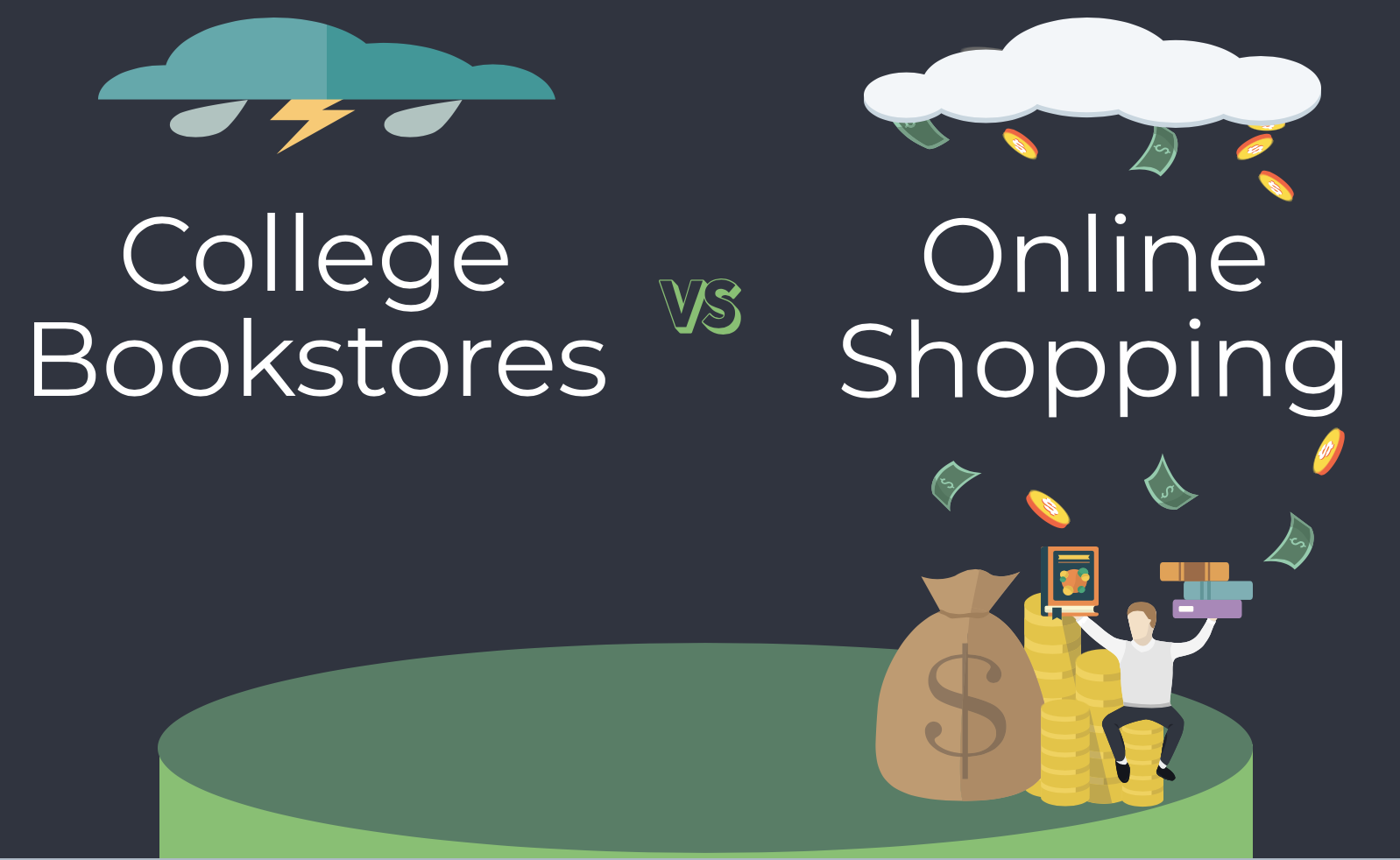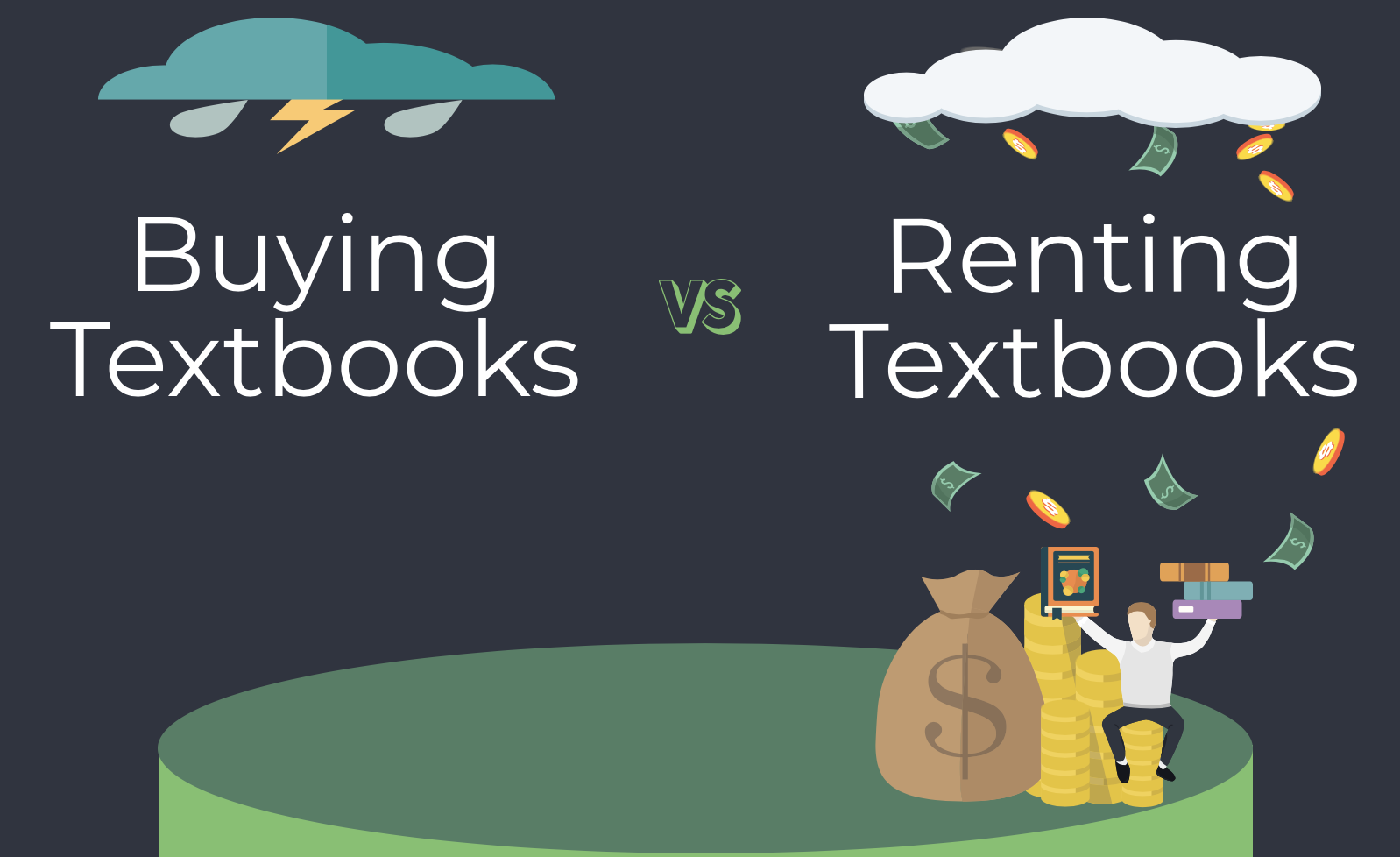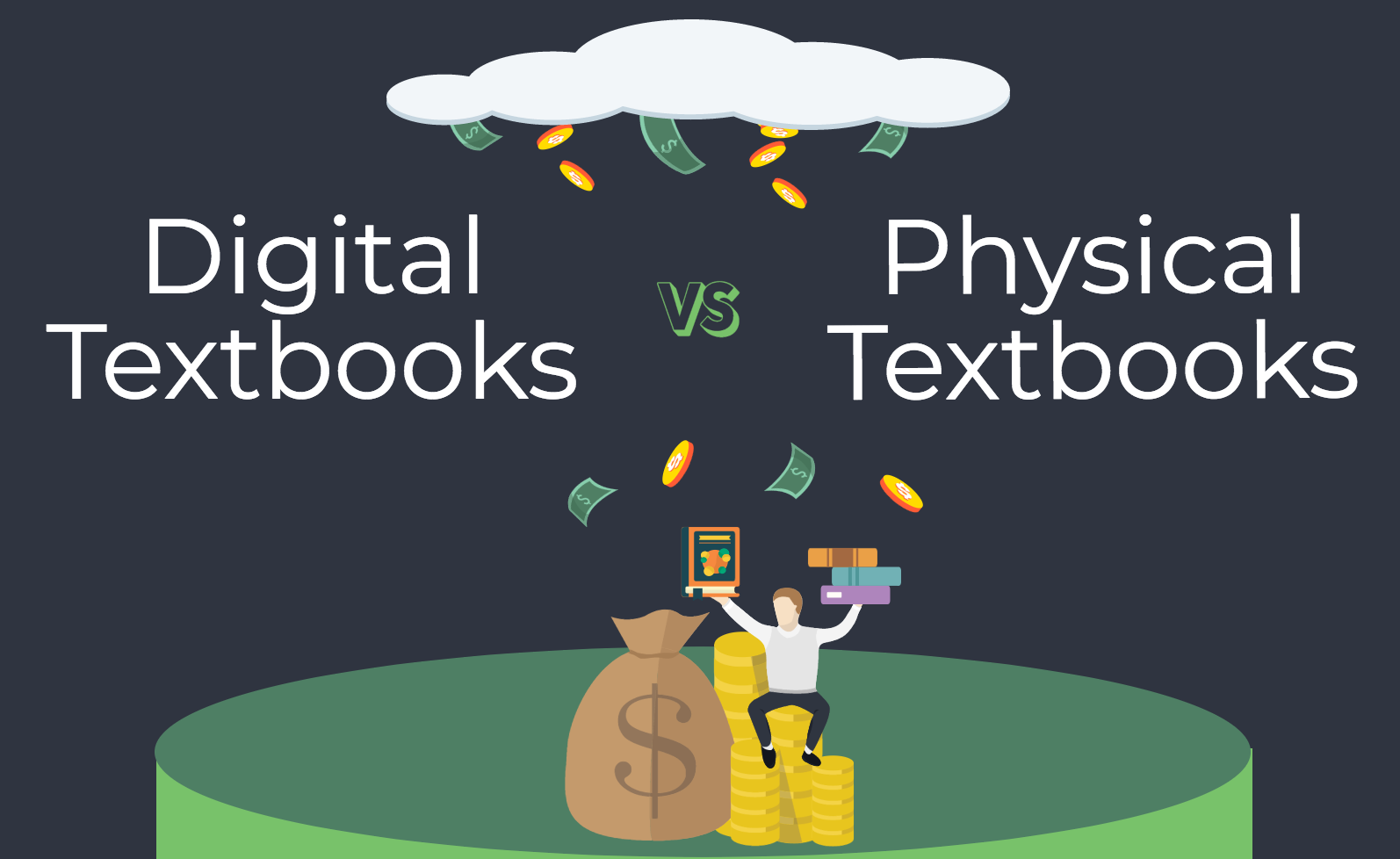12 Easy Ways to Save Money On College Textbooks
- 5 Min Read

Table of Contents
(Click to skip to section)
Getting Started
Students taking a 15-hour course load should expect to spend between $350 and $600 per semester on textbooks. The cost looks scary at first, but there are tons of ways you can save money while textbook shopping. Our team of students has saved hundreds of dollars through a combination of online comparison shopping, renting used textbooks, and switching to E-Textbooks.

Do college bookstores have lower prices?
College bookstores offer students a convenient way to find and purchase their textbooks, but they come with significant drawbacks. The main issue is higher textbook prices, as most campus bookstores receive smaller volume discounts compared to large online retailers. Other frequently encountered problems include long lines during the first week of school, supply shortages, and strict no-return policies.
Quick Saving Tips
- Check to see if your textbook is available online for a lower price before making the decision to shop at your on-campus bookstore.
- You should compare prices, shipping time, and return policies between several websites to find the best deal.
- Purchase your textbooks as soon as you find out what's required. We've noticed a lot of students put off purchasing their textbooks and, in many cases, weeks pass by before they finally get around to it.

What website has the cheapest textbooks?
Online comparison shopping is a great way for students to save money on textbooks. We’ve covered the most popular, reliable, and fairly priced websites available to students.
Fast shipping, a massive selection of textbooks, and great prices have made Amazon the top choice among students. The 30-day return policy is also a huge life saver, as students often switch classes or find out a textbook they ordered isn’t required. All you have to do is print the free shipping label and drop it off at your nearest UPS store to get a full refund.
Their trade-in program lets you exchange old textbooks for gift cards, regardless of where your purchased them! They can be used towards anything on the site or even next semesters textbooks. Amazon also offers a free 6-month trial of Amazon Prime to college students, which includes 2-day shipping, prime video, and other great features!
Saving money is easy with Chegg, which offers up to 90% off on textbooks, free shipping on orders over $35, and a 21-day return policy. Every rental or purchase also includes free 7-day access to the E-Book version, so you can start using your textbook while it’s still in the mail!
The E-Book reader works on all devices and is compatible with your free 4-week trial of Chegg Study, which gives you step-by-step problem solutions for over 34,000 college textbooks. Unlike Amazon who offers students gift cards for used textbooks, Chegg’s buyback program pays you cold hard cash.
Students who prefer using E-Textbooks should check out VitalSource, an online retailer known for its affordable prices, 14-day return policy, and flexible rental system. Unlike most retailers who only offer semester long rentals, VitalSource has 90, 120, 180, and 365-day rental options.
The shorter rental periods are an awesome way to save money if you take accelerated summer classes or need a textbook later on in the semester. Their eBook app (Bookshelf) also lets you annotate text and search for specific content.

Is it cheaper to rent or buy textbooks?
Renting textbooks is a great way for college students to save money, but there will be times when rental options are unavailable, or an access code is required for an online learning tool. Publishers usually offer discounts on new textbook and online code packages, so you may end up spending more money if you purchase them separately.
Quick Saving Tips
- While renting is often cheaper than buying textbooks, you should compare prices to find the best deal. Sometimes purchasing a used textbook will be cheaper than renting a new textbook.
- Take good care of your textbook rentals. Returning a damaged textbook (beyond normal wear and tear) may result in a replacement fee up to the original cost of the book.
- Make sure to factor in depreciation before buying textbooks. You can go on Amazon or Chegg to find out how much you can sell your textbooks back for at the end of the semester.

Are new textbooks worth the extra cost?
Buying or renting used textbooks is an easy way to stretch your college budget. Students save an average of $29 on each used textbook they purchase, which adds up to $1,160 in savings over the course of a 4-year college career. We recommend you only buy or rent new textbooks if an online code is required, used options are unavailable, or the price difference is only a few dollars.
Quick Saving Tips
- Most online retailers have quality assurances when it comes to used textbooks. Aside from the occasional markings or highlighted text from previous owners, used textbooks are normally in good condition.
- Used textbook prices vary significantly between online retailers, so it's important to compare all your buying and renting options.
- You can also buy or sell used textbooks by making a post on your college's Facebook group. Most students will give you a big discount if you can meet up at an on-campus location and pay them cash.

Are E-Books better than hardcopies?
The decision on what type of textbook to purchase comes down to your preferred learning style and financial budget. Digital textbooks are popular with students because they’re less costly, space-saving, searchable, and accessible from multiple devices. On the other hand, nearly 75% of students still prefer using traditional textbooks for assigned readings and studying.
Quick Saving Tips
- Most professors who give open-book quizzes and tests don't allow laptop use, so if you have an e-Book you'll be out of luck.
- Studies have shown that students retain less information with e-Books than traditional textbooks. If the e-Book is only a few dollars cheaper, you're probably better off just getting the physical version.
- While most e-Books work just fine on your laptop, a handheld device like the Amazon Fire Tablet is going to make reading a whole lot easier.
